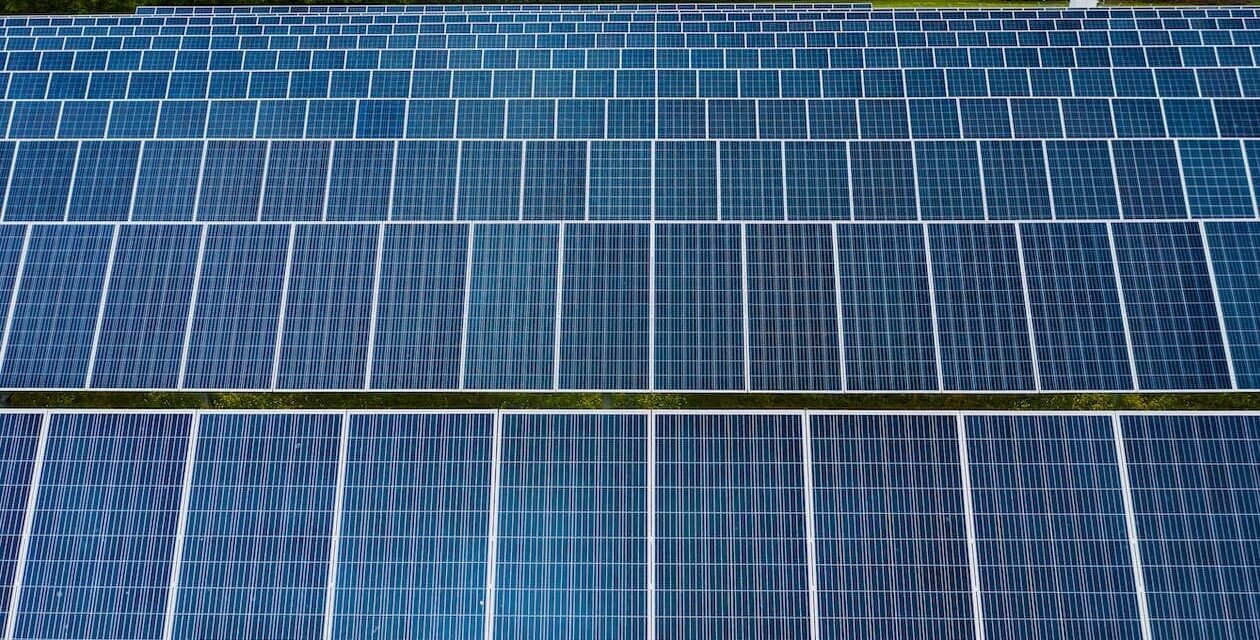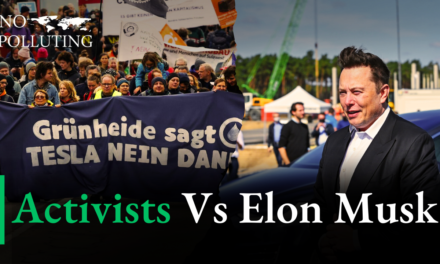Germany has achieved a significant milestone on its path to a sustainable future, with renewable energy now accounting for over 55% of the country’s power grids. This impressive increase of 6.6 percentage points from the previous year brings Germany closer to its ambitious 2030 target, aiming for 80% of its energy mix to be derived from green sources.
The latest data released by Germany’s sector regulator, Bundesnetzagentur, reveals a remarkable shift in the energy landscape. Economy Minister Robert Habeck expressed his enthusiasm: “We have broken the 50% mark for renewables for the first time. Our measures to simplify planning and approvals are starting to take effect.”
Key contributors to this surge include offshore wind, accounting for a substantial 31.1%, followed by solar at 12.1% and biomass at 8.4%. The remaining 3.4% is attributed to hydropower and other renewable sources. This diversification underscores Germany’s commitment to a well-rounded and sustainable energy portfolio.
One of the driving forces behind this achievement is the expansion of capacity within the renewable sector. As Germany invests in infrastructure and technology, the renewable energy sector continues to grow. The encouraging rise in renewable energy consumption is also attributed to favorable weather conditions, creating an environment conducive to green power generation.
Germany’s decision to phase out nuclear power and reduce reliance on coal is pivotal in this transition. The remaining gas plants are strategically reserved for grid backup, highlighting the nation’s commitment to moving away from fossil fuels.
The 2023 surge in renewable energy adoption is not only a triumph for sustainability but also a reflection of Germany’s dedication to simplifying planning and approvals. These measures aim to streamline the transition from centralized fossil fuel-based generation to a decentralized network of low-carbon production units, primarily harnessing wind and solar power.
The positive impact of this shift is evident in the total load on public power networks, which decreased by 5.3% to 456.8 terawatt hours (TWh) in 2023. This decline is attributed to a reduction in overall energy demand and the prioritization of green power over fossil fuel-based generation.
Germany’s commitment to sustainability has not been without challenges. The country faced economic contraction following Russia’s invasion of Ukraine, leading to a slump in Russian energy imports. Despite these challenges, Germany persevered, with green power taking precedence and contributing to the decrease in overall power demand.
The economic impact of this transition is reflected in the benchmark day-ahead power price, which experienced a significant 60% drop to 95.18 euros per megawatt-hour (MWh) in the past year. This return to 2021 price levels indicates the resilience and adaptability of Germany’s energy sector in the face of external pressures.
As Germany continues to make strides towards its 2030 goal, the rest of the world watches with anticipation. The nation’s success in surpassing the 50% mark for renewable energy on its power grids is not only a testament to effective policy measures but also a beacon of hope for global efforts in combating climate change. The future looks promising as Germany paves the way for a greener and more sustainable world.

Nature has always been my thing since I was a kid. I grew up surrounded by it, and it made me care deeply about keeping it safe. After studying Environmental Science and Journalism, I set out to uncover the big stories about what’s happening to our environment.










